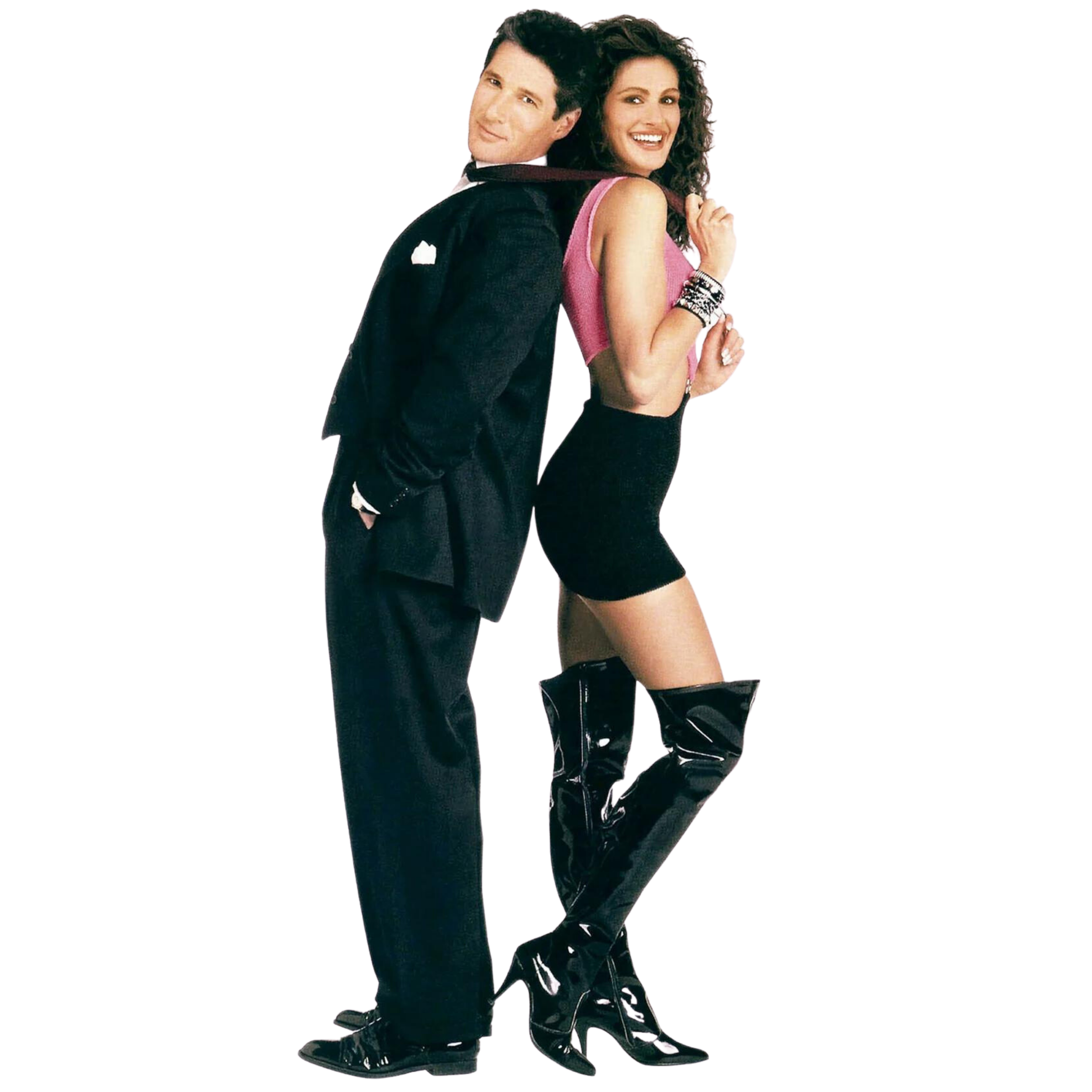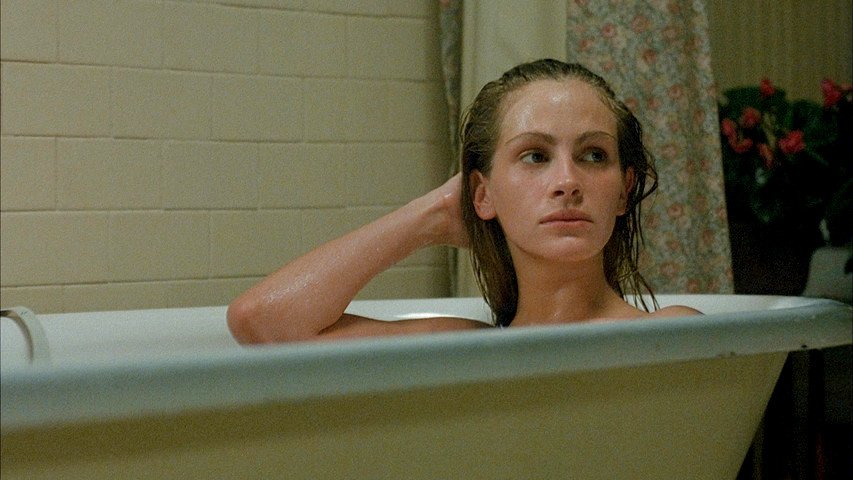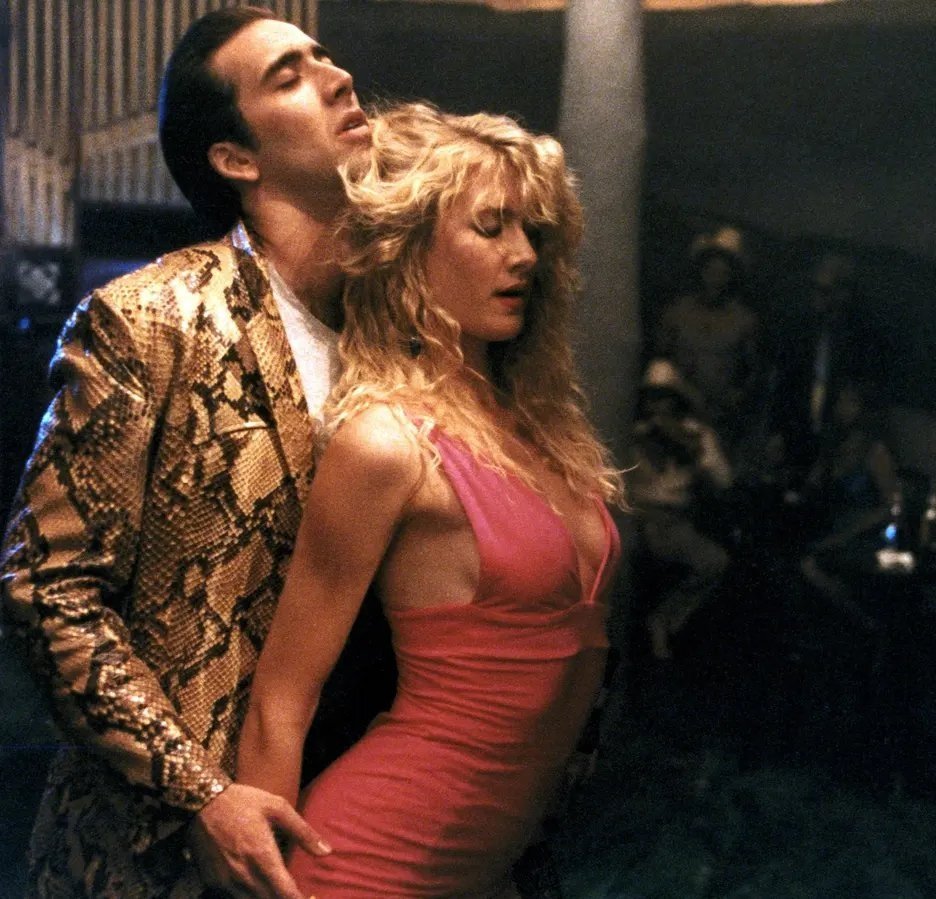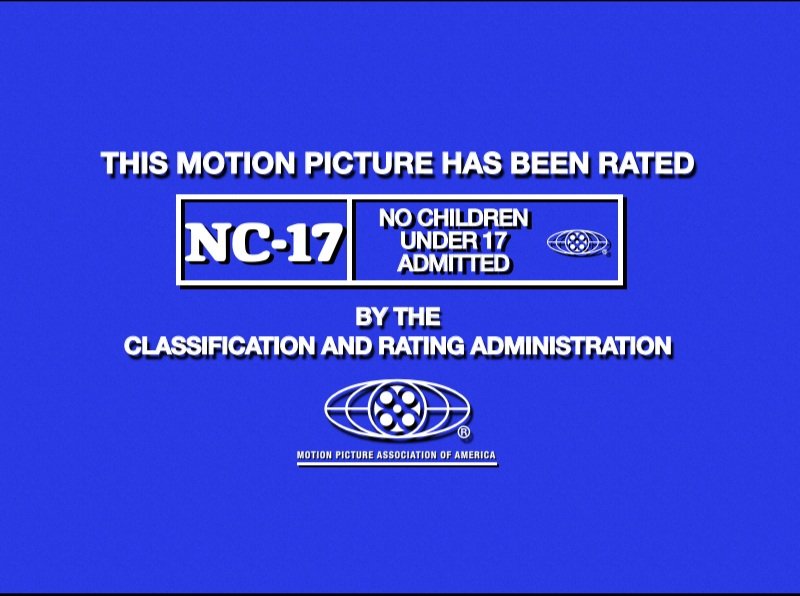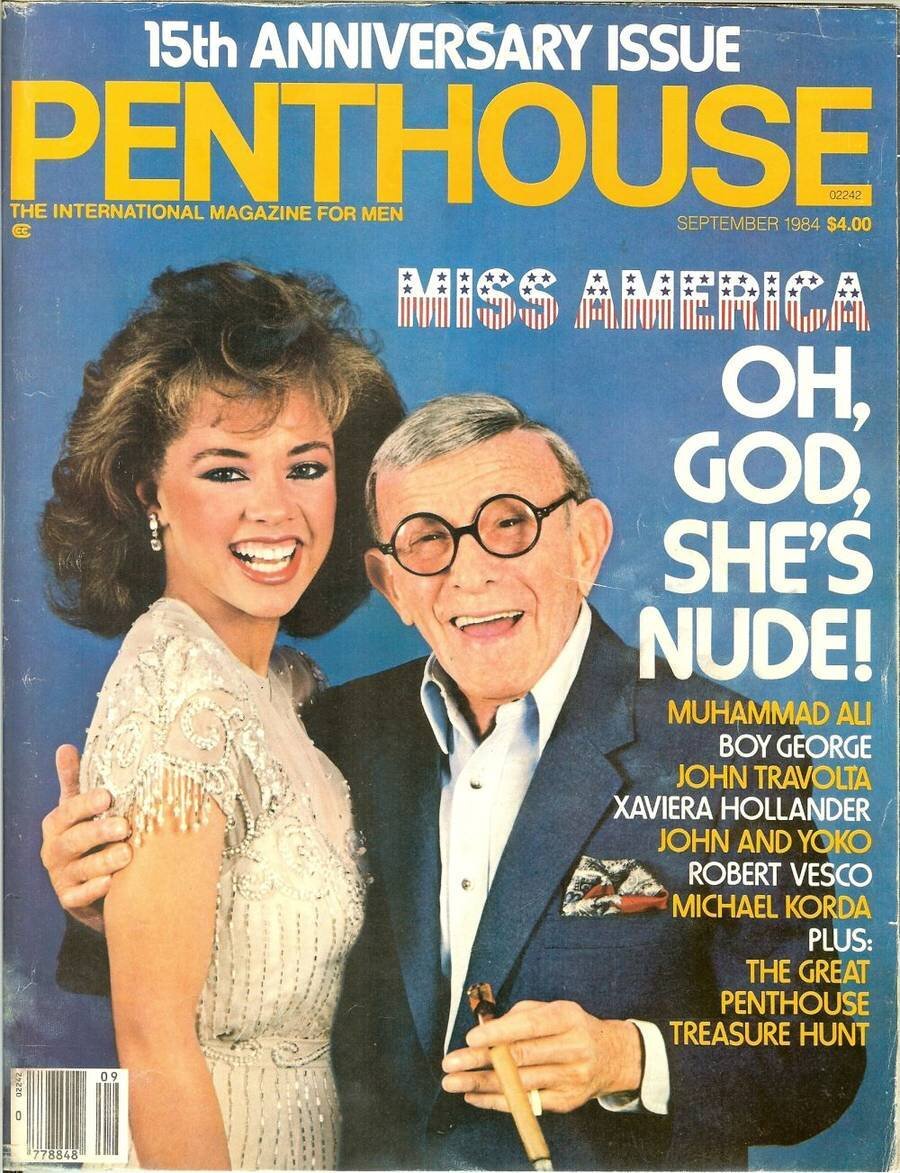Listen to this episode on Apple Podcasts or Spotify.
The first blockbuster about sex of the 90s, Pretty Woman both reinvigorated Richard Gere’s career, and turned Julia Roberts into the biggest female movie star of the era. We’ll dissect the gender politics of this fantasy about love between a streetwalker and a corporate villain, analyze its lasting appeal, and trace the wild rollercoaster ride of the first few years of Roberts’ movie stardom. Virtually unknown before 1989, within a year of Pretty Woman’s release Roberts was considered the most bankable woman in movies, a controversial icon of 90s womanhood and, eventually, a romantic antihero whose performances and personal life were put on a pedestal by a breathless media, only to be swiftly knocked down.
SHOW NOTES:
Sources:
“Steel Magnolia: Julia Roberts” by Sheryl Kornman, Vogue, Sept 1988
“Julia Roberts: She’s Fahn” by Jack Olsen, Village View, Oct 10, 1988
“Pretty Picture” The Hollywood Reporter, April 2, 1989
“3000 Woos ‘007’” LA Herald Examiner, April 12, 1989
“Steel Belle” by Jan Stuart, ELLE, Nov 1989
“Answered Prayers” by Alan Richman, GQ, Dec 1989
“Pretty Woman” Variety Movie Reviews, Jan 1, 1990, Issue 1
“Julia Roberts Faces a Test Character” by Myra Forsberg, NYTimes, March 18, 1990
“No Gritty Woman” by Pat H. Broeske, LA Times, March 18, 1990
“Pretty Woman” by Henry Sheehan, The Hollywood Reporter, March 19, 1990
Pretty Woman Review by Thomas Doherty, Cineaste, 1990, Vol. 18, Issue 1
“Just for Variety” March 21, 1990
“Julia Roberts — Living Life in the Fast Lane” by Patrick Goldstein, LA Times, March 23, 1990
“High-Rolling Boy Meets Streetwalking Girl” by Janet Maslin, NYTimes, March 23, 1990
“Pretty Woman” by Roger Ebert, March 23, 1990
“Revising a Script” LA Times, March 25, 1990
“Film: Get Rich, Get Happy?” by Julie Salamon, WSJ, March 29, 1990
“Woman of Character” by Tom Christie Vogue, April 1990
“What the Beauty And the Beasts Have in Common” by Vincent Canby, NYTimes, June 3, 1990
“50 Most Beautiful People in the World” People Magazine, Summer 1990
“Suddenly, Julia” by Robert Palmer, AMERICAN FILM July 1990
“Bold Success For Modest Pretty Woman” Variety, July 18, 1990
“Pretty Woman’ Finds Best Friend in Profits” by Geraldine Fabrikant, NY Times, July 21, 1990
“Gross Comparison” People, September 17, 1990
“Stocks and the Bonds That Tie” by Amy Taubin, Village Voice, Dec 14, 1990
“Women in the Dark: of Sex Goddesses, Abuse, and Dreams” by Gloria Steinem, MS. Magazine, January/February 1991
“Barefoot Girl with Cheek” by Johanna Schneller GQ, Feb 1991
“Sleeping with the Enemy” by Kirk Honeycutt, The Hollywood Reporter, Feb 2, 1991
“Sleeping with the Enemy” Variety, Feb 4, 1991
“Passion Prey” by Lawrence Toppman LB Press-Telegram, Feb 8, 1991
“A Sleek, Gorgeous and Empty ‘Enemy” by Sheila Benson, LA Times, Feb 8, 1991
“ShoWest Showers Honoress With Thanks For Strong B.O.” Variety Feb 11, 1991
“New Thrills for Pretty Woman” by Rochard Corliss, TIME, Feb 11, 1991
“Americana Gothic” by Georgia Brown.Village Voice, Feb 21, 1991
“Julia in Love” People Magazine, Feb 25, 1991
“Faces and Places” by Holly Millea, US, March 21, 1991
“Sleeping with the Enemy” by Marilyn Moss, Box Office, April 1991
“Julia, Kiefer Make it Official” by Liz Smith, April 30, 1991
“Miss Roberts Regrets” by Louise Lague, People Magazine, July 1, 1991
“Morning Report: Hold the Champagne” LA Times, June 12, 1991
“Wedding of the Year that Never Was” Press-Telegram wire Services, June 14, 1991
“Morning Report: An Irish Break” Los Angeles Times, June 17, 1991
“Winners, Losers” Variety, June 17, 1991
“The Woes of ‘91” The Ten Most Important Films of a Troubled Year” by John H. Richardson, PREMIERE Feb, 1992
“The 100 dumbest things Hollywood’s done recently” Movieline, July 1993
“Getting in High Gere” by Bruce Fretts, Entertainment Weekly, Oct. 18, 1996
“Primal Gere” by John Powers, Vogue; Vol. 187, Iss. 11, Nov 1, 1997
“Speaking of Roberts” Variety September 27, 2007
“10 Set Secrets You Didn’t Know: Pretty Woman Turns 30” People Magazine, March 2020
Please note: as an Amazon Associate Karina earns from qualifying purchases. #ad
Music:
The music used in this episode, with the exception of the intro, was sourced from royalty-free music libraries and licensed music collections. The intro includes a clip from the film Casablanca.
Excerpts from the following songs were used throughout the episode:
The Killjoy Brothers - Kittyhawk
Cicle Vascule - Cicle Kadde
Upbeat Hot Hip Hop - Royalty Free Dum Track
Kamilah - Sunflower
Single Still - Vermouth
Waltz for Zakaria - Chocolate
Chai Belltini - Vermouth
Le Marais - The Sweet Hots
Mill Wyrm - Potions
Metropolis Calling - Kittyhawk
Launch Code - Kittyhawk
Junca - Orange Cat
Neon Drip - RadioPink
Will be war soon? - Kosta T
Daymaze - Orange Cat
JoDon - Orange Cat
Credits:
This episode was written, narrated, and produced by Karina Longworth.
Our editor this season is Evan Viola.
Research and production assistant: Lindsey D. Schoenholtz.
Social media assistant: Brendan Whalen.
Logo design: Teddy Blanks.
